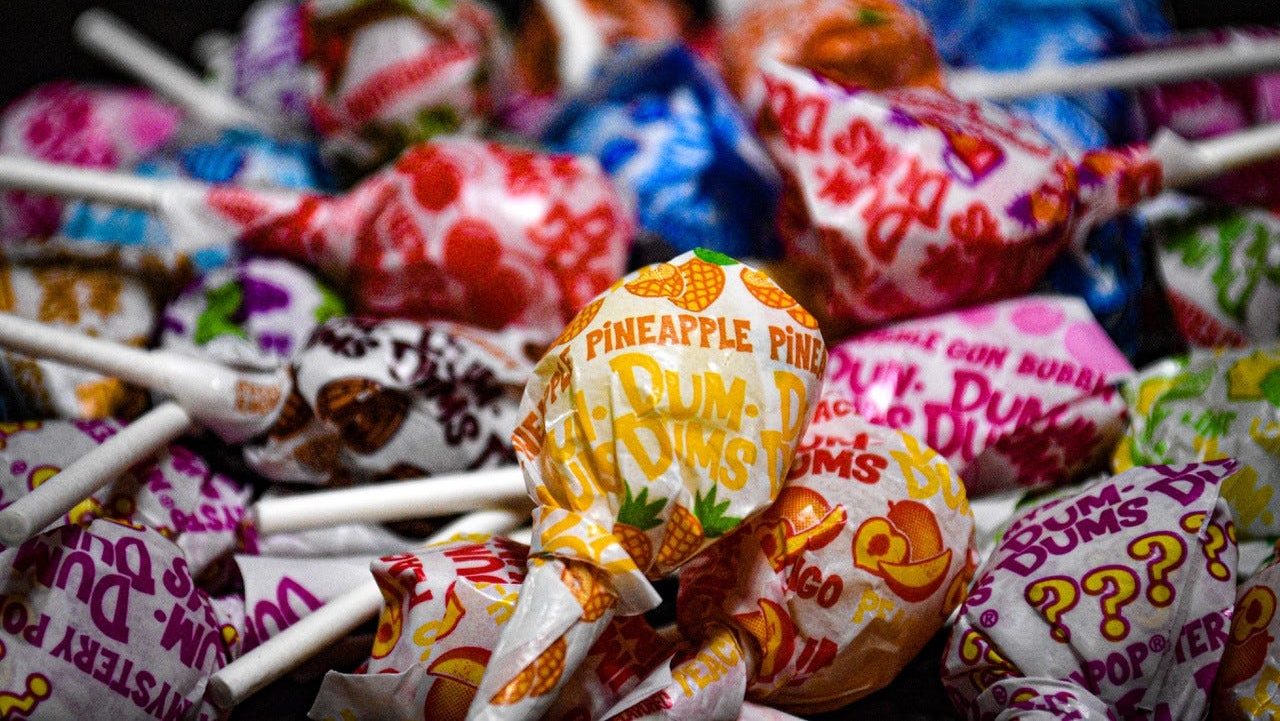Tariffs Stall Derby? How Trade Wars Impact Horse Racing
Tariffs and the Track: How Trade Wars Impact the Kentucky Derby
Introduction: A Shadow Over Churchill Downs
The Kentucky Derby. Those two minutes of pure, unadulterated excitement. The hats, the horses, the mint juleps... It's an American tradition. But this year, there's something else casting a shadow over Churchill Downs – something far less glamorous than a designer hat: tariffs. You might be thinking, "Tariffs? What do those have to do with horse racing?" Well, buckle up, because you're about to find out.
Uncertainty at the Finish Line: Trump's Trade Policies
President Trump's fluctuating tariff policies have injected a hefty dose of uncertainty into the American economy, and the Kentucky Derby, as a significant economic event, hasn’t been immune. The unpredictability of these policies makes long-term planning – especially for large-scale projects – a real gamble. It’s like trying to predict the winner of the Derby based on nothing but a coin flip.
The Pause Button: Churchill Downs' Big Decision
The impact of these tariffs is tangible. Churchill Downs, the iconic home of the Kentucky Derby, actually put some major construction projects on hold. This isn't just about delayed renovations; it's a sign of the broader economic anxieties rippling through the country.
Bill Carstanjen's Perspective
“Uncertainty is a theme out there in the American economy, and that’s one we pay attention to,” said Bill Carstanjen, CEO of Churchill Downs. “So we did pause our $900 million construction project primarily, and mostly because we weren’t sure what things were going to cost. And whenever you build something, you’ve got to be very careful on the cost side.” He nailed it. It's all about managing risk in an uncertain environment.
The $900 Million Question: A Renovation on Hold
Can you imagine a $900 million project being put on ice? That's precisely what happened. Churchill Downs announced a pause on a major renovation they'd unveiled in February. Why? Because projecting costs in the face of ever-changing tariffs is like trying to nail jelly to a wall. It’s nearly impossible.
Steel, Aluminum, and the Derby Dream: The Tariff Connection
Where do tariffs specifically come into play? Think about the raw materials required for construction. Steel and aluminum, for example, are vital components. When tariffs are imposed on these materials, their prices increase. And that increase trickles down, impacting the overall cost of the project.
Beyond the Track: Impact on Kentucky's Economy
The Kentucky Derby isn't just a horse race; it's a significant economic driver for the state of Kentucky. It generates revenue for local businesses, creates jobs, and attracts tourists from around the world. Any factor that threatens the Derby's success has a ripple effect throughout the Kentucky economy.
The Bourbon Barrel Brouhaha: Another Tariff Target
It's not just steel and aluminum. Consider bourbon, Kentucky's signature spirit. Retaliatory tariffs imposed by other countries in response to U.S. tariffs have impacted bourbon exports, adding another layer of economic complexity. This affects Kentucky distilleries and the entire supply chain.
Small Businesses, Big Worries: Local Vendors and the Derby
Think about the small businesses that rely on the Kentucky Derby for a significant portion of their annual revenue. From local restaurants and hotels to souvenir shops and transportation services, many depend on the influx of tourists and spending that the Derby generates. Tariffs and economic uncertainty can dampen consumer confidence and spending, impacting these businesses directly.
The Cost of Celebrations: Inflated Prices for Derby Attendees
Have you ever noticed that everything seems more expensive around the Derby? Tariffs could potentially exacerbate this trend. Increased costs for materials and supplies could lead to higher prices for food, beverages, and merchandise at the event itself. Suddenly, that mint julep might cost you a little more than you bargained for!
Long-Term Implications: A Sustainable Derby?
The long-term implications are a bit more concerning. If economic uncertainty persists, it could affect Churchill Downs' ability to invest in future improvements and expansions, potentially impacting the Derby's long-term sustainability. It’s crucial to ensure the Derby remains a vibrant and thriving event for generations to come.
Consumer Confidence: The Real Race at Stake
Ultimately, the impact of tariffs on the Kentucky Derby comes down to consumer confidence. When people feel uncertain about the economy, they tend to cut back on discretionary spending. This could translate to fewer tourists, lower ticket sales, and less spending at the event itself. A strong economy is essential for a thriving Kentucky Derby.
Beyond the Headlines: The Human Cost
Let's not forget the human element. Economic uncertainty affects real people, real jobs, and real families. The potential for job losses and business closures due to tariffs and economic slowdowns is a serious concern. We need to remember that behind every statistic, there's a story.
Diversification: A Winning Strategy?
So, what can be done? Diversification is key. Kentucky businesses can explore new markets and reduce their reliance on exports that are subject to tariffs. Churchill Downs can also consider alternative funding sources for its renovation projects.
The Future of the Derby: A Call to Action
The Kentucky Derby is more than just a horse race; it's a symbol of American tradition and economic vitality. It's crucial that policymakers and business leaders work together to address the challenges posed by tariffs and economic uncertainty to ensure the Derby continues to thrive for years to come.
Conclusion: Navigating the Economic Hurdles
In conclusion, the Kentucky Derby, while seemingly insulated in tradition and pageantry, isn't immune to the broader economic forces at play. Tariffs, with their impact on material costs, consumer confidence, and international trade, cast a shadow of uncertainty over the event and the surrounding Kentucky economy. Navigating these economic hurdles requires careful planning, diversification, and a commitment to ensuring the long-term sustainability of this iconic American tradition. The race isn't just on the track; it's in the economy.
Frequently Asked Questions
Q1: How directly do tariffs affect the price of attending the Kentucky Derby?
While there's no single, direct price hike solely attributable to tariffs, increased costs for materials, supplies, and imported goods used by local businesses (hotels, restaurants, souvenir shops) can indirectly contribute to higher prices for accommodations, food, beverages, and merchandise surrounding the Derby.
Q2: What specific materials used in the Churchill Downs renovation project are affected by tariffs?
Steel and aluminum are the primary materials affected by tariffs. These materials are essential for construction, and tariff-induced price increases can significantly impact the overall cost of a large-scale renovation project like the one planned for Churchill Downs.
Q3: Are there any Kentucky-specific products, besides bourbon, that are negatively impacted by retaliatory tariffs?
Yes, agricultural products like soybeans and tobacco have also been impacted by retaliatory tariffs imposed by other countries in response to U.S. trade policies. These products are significant exports for Kentucky farmers.
Q4: How does a pause in the Churchill Downs renovation project affect local employment in Louisville?
A pause in such a large project can potentially delay or reduce the creation of construction jobs and related employment opportunities in the Louisville area, impacting local workers and their families.
Q5: What can Kentucky businesses do to mitigate the negative effects of tariffs on the Kentucky Derby and the broader economy?
Kentucky businesses can diversify their markets, explore alternative supply chains, focus on cost-saving measures, and advocate for policies that promote fair trade and economic stability. Supporting local businesses and promoting tourism within the state can also help to mitigate the negative impacts.

